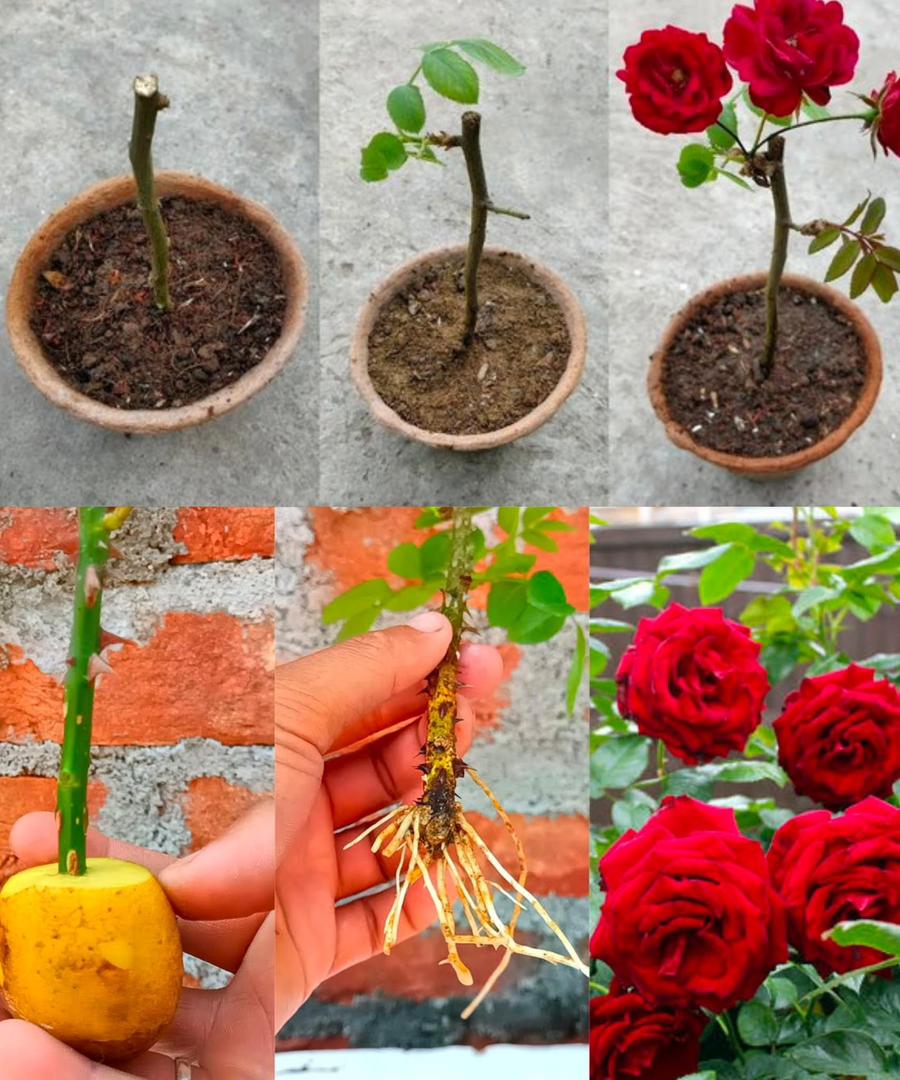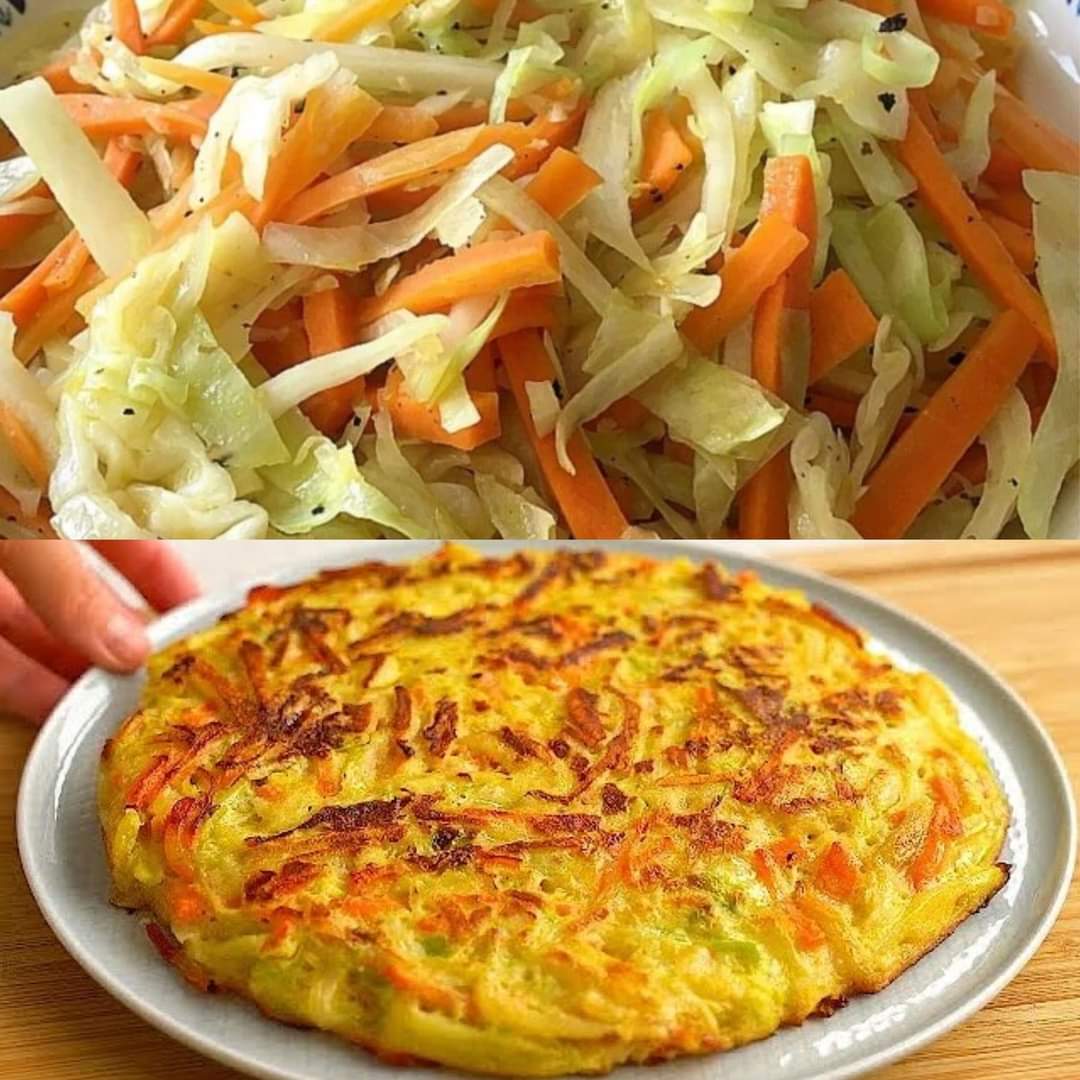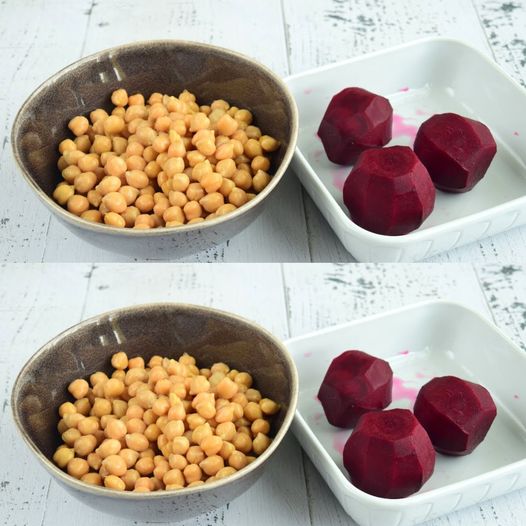Ever wished you could multiply your favorite roses without spending a dime? Well, wish granted! This post will unveil a secret weapon in the rose-growing world: propagating roses from cuttings. It’s a surprisingly simple method that yields fantastic results, allowing you to create multiples of your beloved blooms for free.
The Magic of Propagation: 2 Easy Steps to Rose Cuttings Success
Forget complicated techniques! Here’s all you need to know to transform a single rose bush into a flourishing rose garden:
Step 1: Snip and Prep Your Rose Cuttings
- Timing is Key: The ideal time to take cuttings is during the active growing season, typically from late spring to early summer. Choose healthy, disease-free stems that are neither too soft nor too woody. Look for stems with 3-4 sets of leaves.
- The Perfect Cut: Using sharp pruners, make a clean, diagonal cut about 1/4 inch below a leaf node (the bump where a leaf meets the stem).
- Strip it Down: Remove the lower leaves from the cutting, leaving only the top two sets. This encourages root growth at the base.
Step 2: Nurture Your New Beginnings
- The Rooting Medium: Fill a pot with a well-draining potting mix specifically formulated for roses. You can also use a mixture of perlite and potting soil for added drainage.
- Planting the Hopefuls: Dip the base of the cutting in a rooting hormone powder (optional, but it can promote faster root growth). Make a hole in the potting mix and insert the cutting, ensuring at least two leaf nodes are buried. Firm the soil gently around the base.
- Creating a Greenhouse Effect: Cut the bottom off a clear plastic bottle or similar container to create a mini greenhouse. Place it loosely over the pot to maintain humidity around the cutting.
- Light and Location: Place the pot in a location with indirect sunlight and keep the soil consistently moist, but not soggy.
- Patience is a Virtue: Rooting can take anywhere from 3-6 weeks. Be patient and resist the urge to pull on the cutting to check for roots. You’ll see new growth emerge from the top when roots have established.
Bonus Tip: Once you see new growth, gradually introduce your rose cutting to the outdoors by hardening it off. Briefly take it outside for increasing periods each day over a week before transplanting it to its permanent location.



